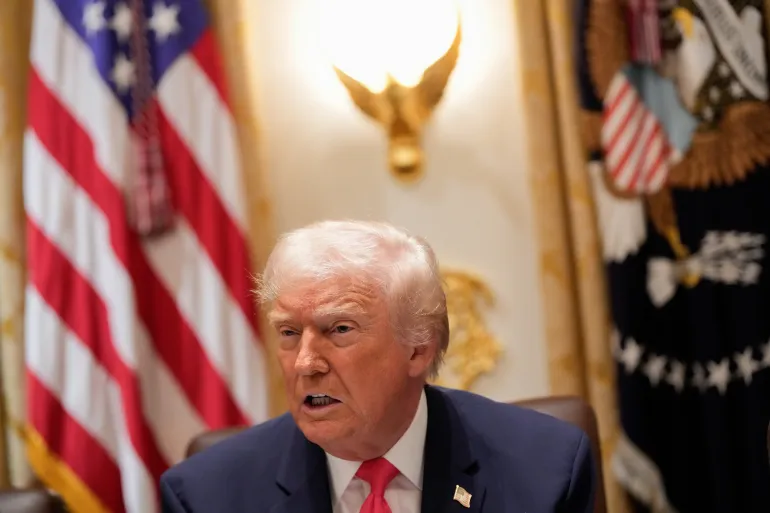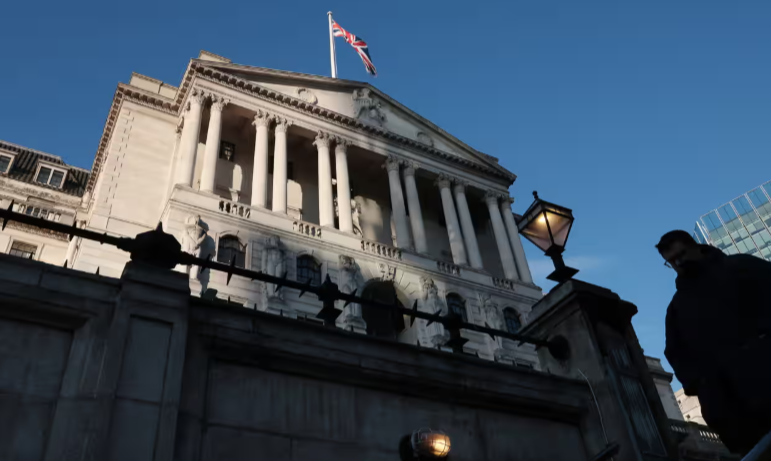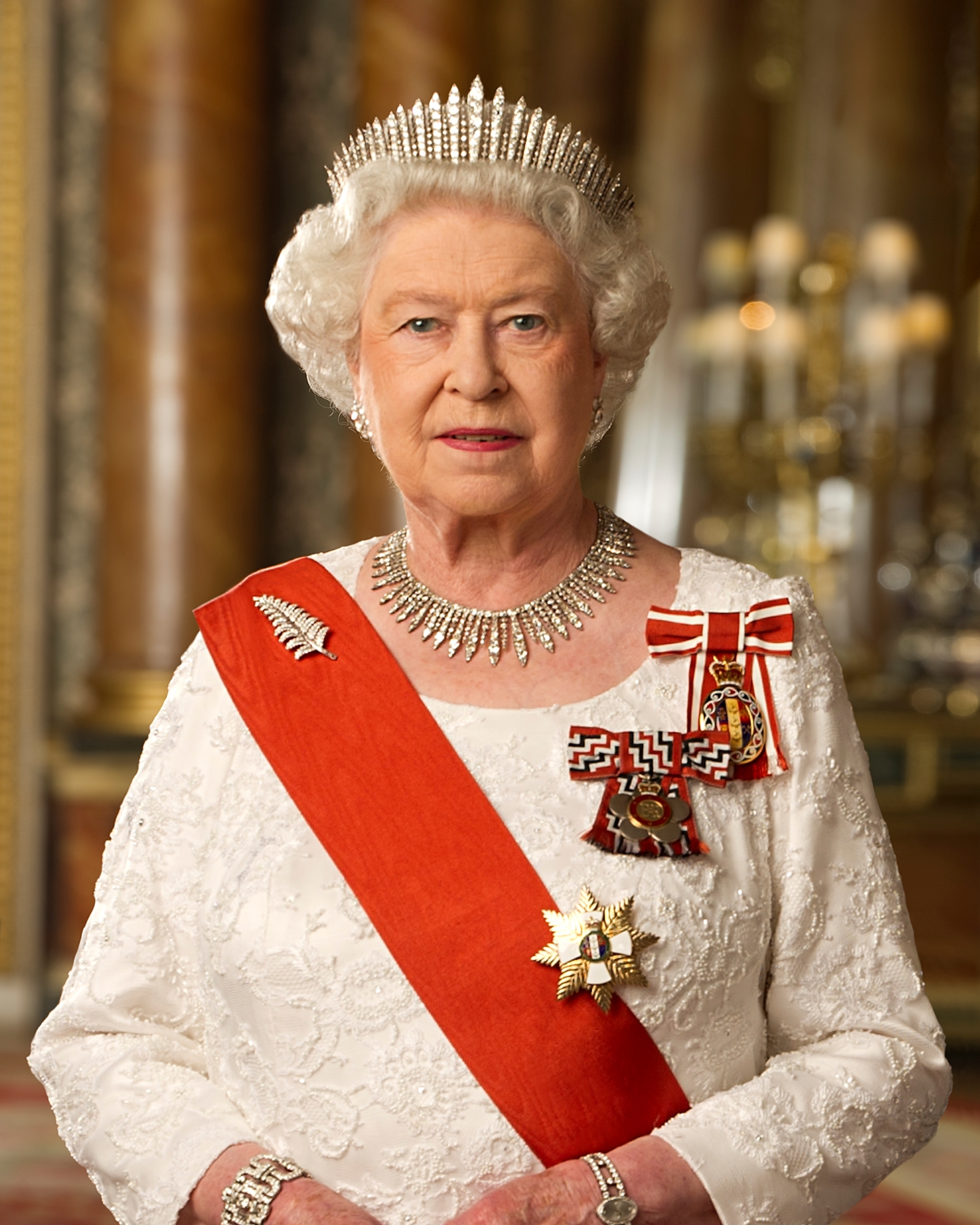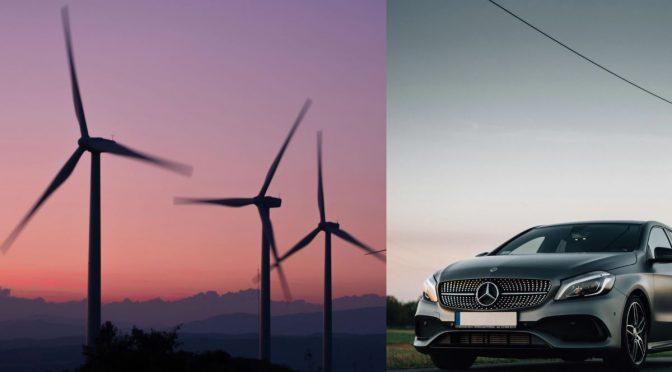The United Kingdom’s inflation rate saw a sharp increase in January, rising to 3%, according to data from the Office for National Statistics (ONS).
This exceeded the 2.8% growth that economists had predicted. The latest figure marks a notable uptick after a more moderate inflation rate of 2.5% was recorded in December.
Core inflation, which excludes the more volatile categories of energy, food, alcohol, and tobacco, rose by 3.7% in the 12 months leading to January, up from 3.2% the previous month. The ONS pointed to transport and food and non-alcoholic beverages as the primary contributors to the monthly rise in the consumer price index (CPI).
“Inflation increased sharply this month to its highest annual rate since March last year. The rise was driven by air fares not falling as much as we usually see at this time of year, partly impacted by the timing of flights over Christmas and New Year. This was the weakest January dip since 2020,” said Grant Fitzner, ONS chief economist.
Additional factors driving the rise in inflation include higher food prices, particularly for meat, bread, and cereals, as well as the effect of new VAT rules on private school fees, which saw a nearly 13% increase.
UK Chancellor Rachel Reeves acknowledged the challenges many families face, stating that her priorities include economic growth and helping people to put more money in their pockets. However, she also recognized that millions of families are still struggling with the cost of living.
The British pound experienced little movement against the US dollar following the data release, trading at $1.2615.
After reaching a three-year low of 1.7% in September 2023, inflation in the UK has been on the rise again, driven by higher fuel prices and rising costs in the services sector. In February, the Bank of England made its first interest rate cut of the year, reducing its benchmark rate to 4.5%, signaling that further cuts might be on the horizon. However, the central bank has cautioned that higher global energy costs and regulated price changes could push inflation up to 3.7% by the third quarter of 2025, with hopes of reaching the 2% target by 2027.
The January inflation increase has led some economists, like Ruth Gregory of Capital Economics, to predict that the Bank of England will continue to lower interest rates. However, they also acknowledge that if inflation proves more persistent, the pace of rate cuts may be slower than anticipated.
Financial markets have already begun to adjust their expectations for the Bank of England’s rate decisions, trimming the likelihood of multiple rate cuts this year. Although inflation is expected to continue rising in the short term due to factors such as energy prices and food costs, there remains some uncertainty regarding the overall trajectory.
CNBC, Bloomberg, Reuters, and the Guardian contributed to this report.










The latest news in your social feeds
Subscribe to our social media platforms to stay tuned